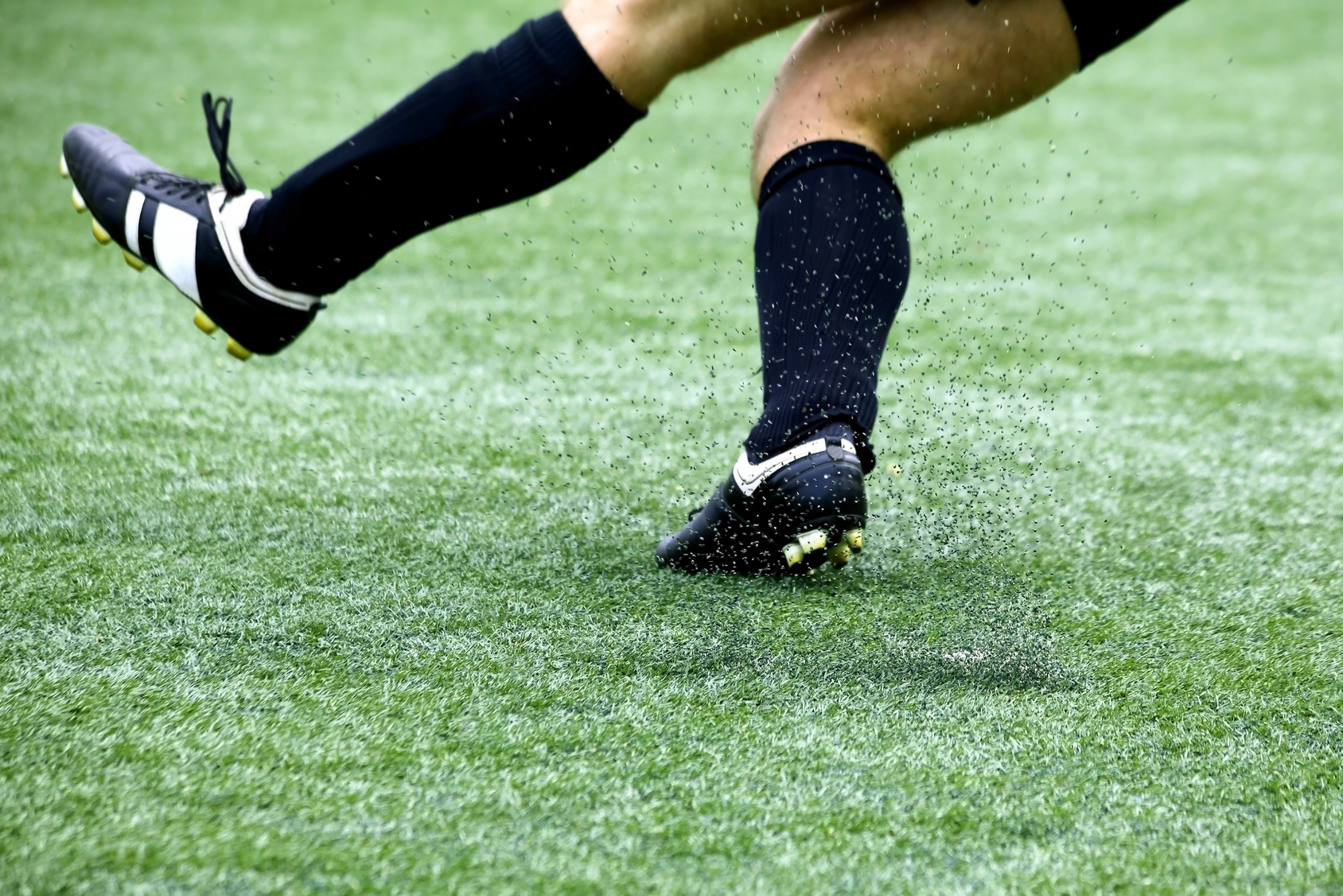Environmental Health Study of Synthetic Turf - August 2016 Update

The California Office of Environmental Health Hazard Assessment (OEHHA) has expanded the scope of its synthetic turf field investigation based on input received from the Scientific Advisory Panel (SAP) and the public. Under a recently modified four-year contract with the California Department of Resources Recycling and Recovery (CalRecycle), OEHHA is conducting a study of the potential health effects associated with the chemicals that can be released from synthetic turf and playground mats containing recycled waste tires. The study will be completed by mid-2019. CalRecycle regulates the use of waste tires in California. The following are frequently asked questions about the current study of synthetic turf being conducted by OEHHA. The fact sheet discusses an update of the study’s scope and is also available in pdf form in the downloads section below.
What's new?
OEHHA has amended the contract with CalRecycle based upon input from the Synthetic Turf Scientific Advisory Panel and input from the public. The scope of the synthetic turf field investigation has been expanded to include: methods to extract as many chemicals as possible from crumb rubber samples for identification, the use of more suitable artificial bio-fluids (such as fluids that mimic human sweat) to evaluate the chemicals that enter the body, and measurements of crumb rubber particle size to understand if inhalation of small particles occurs. To accommodate the additional analyses, OEHHA has extended the project completion date to mid-2019.
What is OEHHA studying?
The study is assessing the potential health impacts associated with playing on synthetic turf fields and playground mats. It is examining athletic fields and playground mats made from crumb rubber derived from recycled waste tires. Major parts of the study include:
- Identifying and measuring chemicals released from crumb rubber and artificial grass blades in indoor and outdoor fields and playground mats throughout California.
- Synthetic turf fields of various ages and subjected to various weather conditions will be studied.
- Air above synthetic turf fields and playgrounds will be monitored for particulate matter and specific chemicals that can be inhaled.
- The size distribution of the collected particulate matter will be characterized.
- Evaluating exposures to chemicals released from crumb rubber and synthetic grass blades through inhalation, swallowing, and skin contact. This includes consideration of:
- The extent to which individuals (for example athletes and bystanders) are exposed, based on their activity patterns and how often and long they stay on the field.
- How exposure to the chemicals varies by age groups of athletes and bystanders.
- Movement of chemicals from turf into body fluids.
- Evaluating the hazards and toxicological activities of chemicals released from turf. This includes examining the ways that sensitive populations, such as children, may be more vulnerable to chemicals released from synthetic turf fields.
- Developing a study protocol for measuring chemicals from synthetic turf in urine or other bodily fluids of athletes, or using personal monitors worn by athletes. (The current study plan calls for developing a study plan but not undertaking these measurements. These studies could take place after completion of the current study.)
- Conducting an assessment of potential health impacts associated with exposures to chemicals released from synthetic turf and playground mats, taking into account the findings of the above activities.
- Identifying and measuring chemicals released from crumb rubber and artificial grass blades in indoor and outdoor fields and playground mats throughout California.
What information will the study provide?
The study is scheduled for completion in mid-2019 with the release of a report on the field monitoring results, exposure characterization, and health risk assessment. Prior to completion, OEHHA will release a draft report describing the preliminary data and results of the study in mid-2018.
The information generated in the study will enable OEHHA to determine the types and concentrations of chemicals individuals are exposed to when playing on synthetic turf and playground mats, estimate the level of exposures associated with various activities, and assess whether these exposures pose potential health risks. CalRecycle will use this information in making future decisions regarding the use of crumb rubber in synthetic turf and playground mats.
How is OEHHA obtaining input on the study?
OEHHA began the study by conducting an interactive webinar and public meetings in Los Angeles, San Diego, and Berkeley to seek input from athletes, coaches, parents and other interested individuals. OEHHA also convened a panel of scientific experts in exposure and biomedical sciences to provide input and advice on the study. The first meeting of the panel was held in February 2016, and there will be additional panel meetings throughout the study. All meetings of the panel will be held in public, with opportunities for the public to comment.
Has OEHHA studied synthetic turf in the past?
OEHHA conducted two studies on the potential human health effects associated with use of recycled waste tires in playground and synthetic turf products in 2007 and 2010. These studies evaluated key aspects of synthetic turf fields, including inhalation of chemicals, bacterial infections, and skin abrasions. OEHHA’s current effort will fill in data gaps and address the potential risks from chemical exposures resulting from skin contact with, breathing or ingesting crumb rubber from synthetic turf fields. The California Integrated Waste Management Board, which has since been reorganized as CalRecycle, also contracted with OEHHA to perform the previous two studies:
- Evaluation of Health Effects of Recycled Waste Tires in Playground and Track Products, January 2007
- Safety Study of Artificial Turf Containing Crumb Rubber Infill Made From Recycled Tires: Measurements of Chemicals and Particulates in the Air, Bacteria in the Turf, and Skin Abrasions Caused by Contact with the Surface, October 2010
